‘BANJIHA’ TO BE BANNED IN SEOUL
입력 2022.08.12 (15:05)
수정 2022.08.12 (16:45)
읽어주기 기능은 크롬기반의
브라우저에서만 사용하실 수 있습니다.
[Anchor Lead]
The recent downpour left three residents of a semi-basement house dead and many others living in subterranean flats displaced. The Seoul metropolitan government has decided to entirely ban semi-basement residential units known as "banjiha" in the wake of severe damages suffered by those living in such housing. But the city government has many obstacles to overcome, such as the need for enormous funding and possible infringement of personal property right.
[Pkg]
The Seoul metropolitan government is pushing to revise a law so that basement or semi-basement units cannot be used for residential purposes. Existing subterranean or "banjiha" flats will be eliminated gradually in the next ten to twenty years.
[Soundbite] Oh Se-hoon(Seoul Mayor(Aug. 10)) : "Basement flats represent the worst residential environment where people have to endure repeated flooding, cold spells and invasion of privacy. They are the biggest threat to the safety of those living in poor housing."
The central government and the ruling party also proposed to move people out of the inferior housing environments like semi-underground flats to rental housing. Are such measures really effective solutions? Housing cost is the first problem. People live in banjiha rooms because they cannot afford to pay more for housing. They need money to move somewhere else. The city government plans to provide a housing voucher worth about 100,000 won per month, but it is an unrealistic measure given the sky-high housing cost in Seoul. They can move into rental housing, but there aren't enough rental units available. In fact, former semi-basement residents accounted for only about 14% of the households that moved into public housing provided through the housing upgrade project last year. The city said the floor area ratios of old rental houses will be loosened to increase supply, but that won't be nearly enough as there are currently 200,000 households living banjiha units in Seoul alone. Controversy also surrounds the property rights of banjiha homeowners. They stand to lose their income if tenants move out and must find other usage for their subterranean units. The Seoul government plans to purchase such homes and use them as community storage spaces, but funding is the issue here.
[Soundbite] Choi Eun-young(Korea Center for City and Environment Research) : "People living in such housing have no options other than government funding that fills the housing cost gap if they are to live in Seoul with high housing costs."
Banning banjiha housing is a mid-to-long-term challenge. To prevent such tragedies from recurring, there should be a thorough status survey on the low-income and vulnerable population as well as detailed relocation and assistance plans.
The recent downpour left three residents of a semi-basement house dead and many others living in subterranean flats displaced. The Seoul metropolitan government has decided to entirely ban semi-basement residential units known as "banjiha" in the wake of severe damages suffered by those living in such housing. But the city government has many obstacles to overcome, such as the need for enormous funding and possible infringement of personal property right.
[Pkg]
The Seoul metropolitan government is pushing to revise a law so that basement or semi-basement units cannot be used for residential purposes. Existing subterranean or "banjiha" flats will be eliminated gradually in the next ten to twenty years.
[Soundbite] Oh Se-hoon(Seoul Mayor(Aug. 10)) : "Basement flats represent the worst residential environment where people have to endure repeated flooding, cold spells and invasion of privacy. They are the biggest threat to the safety of those living in poor housing."
The central government and the ruling party also proposed to move people out of the inferior housing environments like semi-underground flats to rental housing. Are such measures really effective solutions? Housing cost is the first problem. People live in banjiha rooms because they cannot afford to pay more for housing. They need money to move somewhere else. The city government plans to provide a housing voucher worth about 100,000 won per month, but it is an unrealistic measure given the sky-high housing cost in Seoul. They can move into rental housing, but there aren't enough rental units available. In fact, former semi-basement residents accounted for only about 14% of the households that moved into public housing provided through the housing upgrade project last year. The city said the floor area ratios of old rental houses will be loosened to increase supply, but that won't be nearly enough as there are currently 200,000 households living banjiha units in Seoul alone. Controversy also surrounds the property rights of banjiha homeowners. They stand to lose their income if tenants move out and must find other usage for their subterranean units. The Seoul government plans to purchase such homes and use them as community storage spaces, but funding is the issue here.
[Soundbite] Choi Eun-young(Korea Center for City and Environment Research) : "People living in such housing have no options other than government funding that fills the housing cost gap if they are to live in Seoul with high housing costs."
Banning banjiha housing is a mid-to-long-term challenge. To prevent such tragedies from recurring, there should be a thorough status survey on the low-income and vulnerable population as well as detailed relocation and assistance plans.
■ 제보하기
▷ 카카오톡 : 'KBS제보' 검색, 채널 추가
▷ 전화 : 02-781-1234, 4444
▷ 이메일 : kbs1234@kbs.co.kr
▷ 유튜브, 네이버, 카카오에서도 KBS뉴스를 구독해주세요!
- ‘BANJIHA’ TO BE BANNED IN SEOUL
-
- 입력 2022-08-12 15:05:39
- 수정2022-08-12 16:45:22
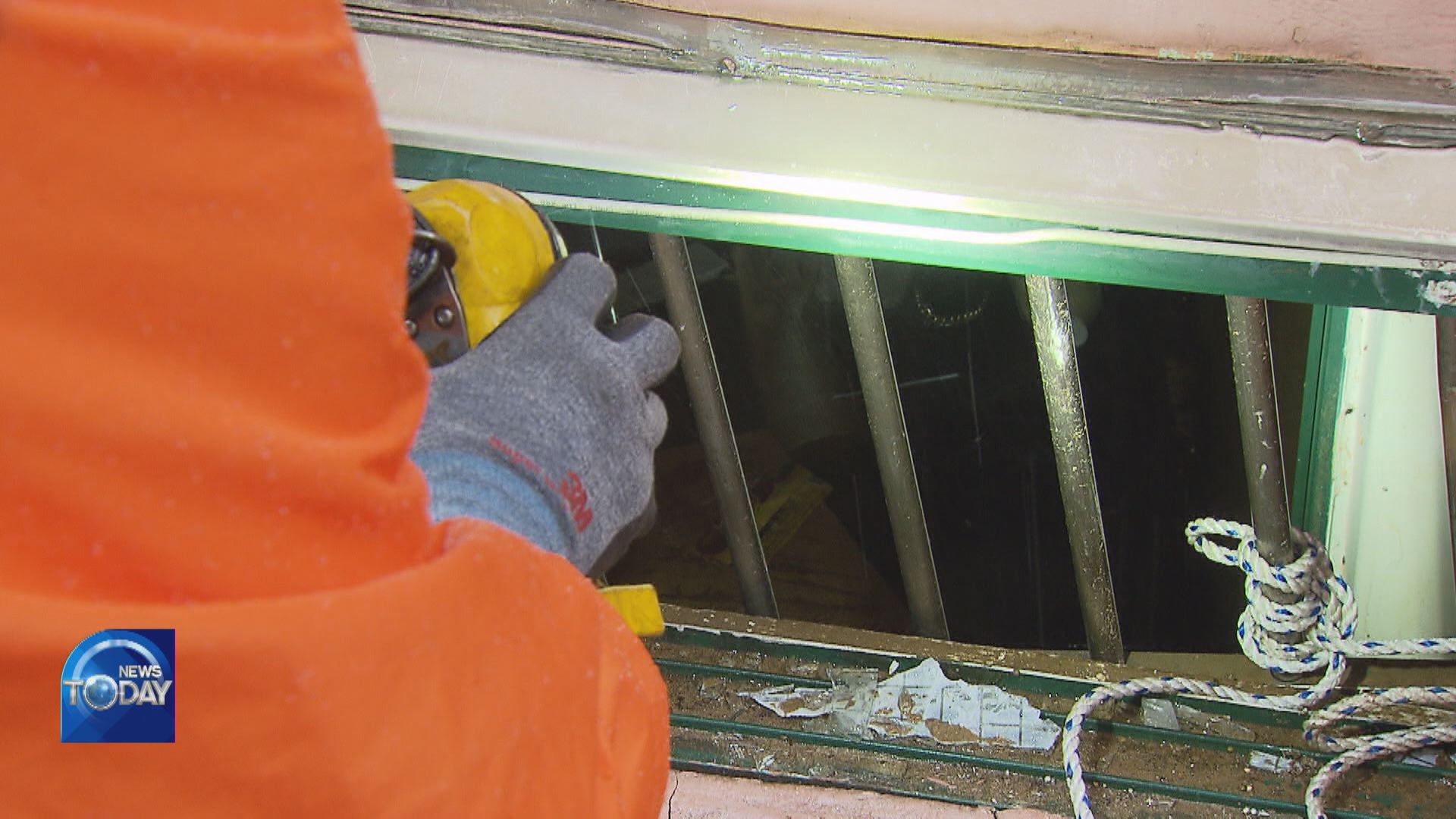
[Anchor Lead]
The recent downpour left three residents of a semi-basement house dead and many others living in subterranean flats displaced. The Seoul metropolitan government has decided to entirely ban semi-basement residential units known as "banjiha" in the wake of severe damages suffered by those living in such housing. But the city government has many obstacles to overcome, such as the need for enormous funding and possible infringement of personal property right.
[Pkg]
The Seoul metropolitan government is pushing to revise a law so that basement or semi-basement units cannot be used for residential purposes. Existing subterranean or "banjiha" flats will be eliminated gradually in the next ten to twenty years.
[Soundbite] Oh Se-hoon(Seoul Mayor(Aug. 10)) : "Basement flats represent the worst residential environment where people have to endure repeated flooding, cold spells and invasion of privacy. They are the biggest threat to the safety of those living in poor housing."
The central government and the ruling party also proposed to move people out of the inferior housing environments like semi-underground flats to rental housing. Are such measures really effective solutions? Housing cost is the first problem. People live in banjiha rooms because they cannot afford to pay more for housing. They need money to move somewhere else. The city government plans to provide a housing voucher worth about 100,000 won per month, but it is an unrealistic measure given the sky-high housing cost in Seoul. They can move into rental housing, but there aren't enough rental units available. In fact, former semi-basement residents accounted for only about 14% of the households that moved into public housing provided through the housing upgrade project last year. The city said the floor area ratios of old rental houses will be loosened to increase supply, but that won't be nearly enough as there are currently 200,000 households living banjiha units in Seoul alone. Controversy also surrounds the property rights of banjiha homeowners. They stand to lose their income if tenants move out and must find other usage for their subterranean units. The Seoul government plans to purchase such homes and use them as community storage spaces, but funding is the issue here.
[Soundbite] Choi Eun-young(Korea Center for City and Environment Research) : "People living in such housing have no options other than government funding that fills the housing cost gap if they are to live in Seoul with high housing costs."
Banning banjiha housing is a mid-to-long-term challenge. To prevent such tragedies from recurring, there should be a thorough status survey on the low-income and vulnerable population as well as detailed relocation and assistance plans.
The recent downpour left three residents of a semi-basement house dead and many others living in subterranean flats displaced. The Seoul metropolitan government has decided to entirely ban semi-basement residential units known as "banjiha" in the wake of severe damages suffered by those living in such housing. But the city government has many obstacles to overcome, such as the need for enormous funding and possible infringement of personal property right.
[Pkg]
The Seoul metropolitan government is pushing to revise a law so that basement or semi-basement units cannot be used for residential purposes. Existing subterranean or "banjiha" flats will be eliminated gradually in the next ten to twenty years.
[Soundbite] Oh Se-hoon(Seoul Mayor(Aug. 10)) : "Basement flats represent the worst residential environment where people have to endure repeated flooding, cold spells and invasion of privacy. They are the biggest threat to the safety of those living in poor housing."
The central government and the ruling party also proposed to move people out of the inferior housing environments like semi-underground flats to rental housing. Are such measures really effective solutions? Housing cost is the first problem. People live in banjiha rooms because they cannot afford to pay more for housing. They need money to move somewhere else. The city government plans to provide a housing voucher worth about 100,000 won per month, but it is an unrealistic measure given the sky-high housing cost in Seoul. They can move into rental housing, but there aren't enough rental units available. In fact, former semi-basement residents accounted for only about 14% of the households that moved into public housing provided through the housing upgrade project last year. The city said the floor area ratios of old rental houses will be loosened to increase supply, but that won't be nearly enough as there are currently 200,000 households living banjiha units in Seoul alone. Controversy also surrounds the property rights of banjiha homeowners. They stand to lose their income if tenants move out and must find other usage for their subterranean units. The Seoul government plans to purchase such homes and use them as community storage spaces, but funding is the issue here.
[Soundbite] Choi Eun-young(Korea Center for City and Environment Research) : "People living in such housing have no options other than government funding that fills the housing cost gap if they are to live in Seoul with high housing costs."
Banning banjiha housing is a mid-to-long-term challenge. To prevent such tragedies from recurring, there should be a thorough status survey on the low-income and vulnerable population as well as detailed relocation and assistance plans.
이 기사가 좋으셨다면
-
좋아요
0
-
응원해요
0
-
후속 원해요
0










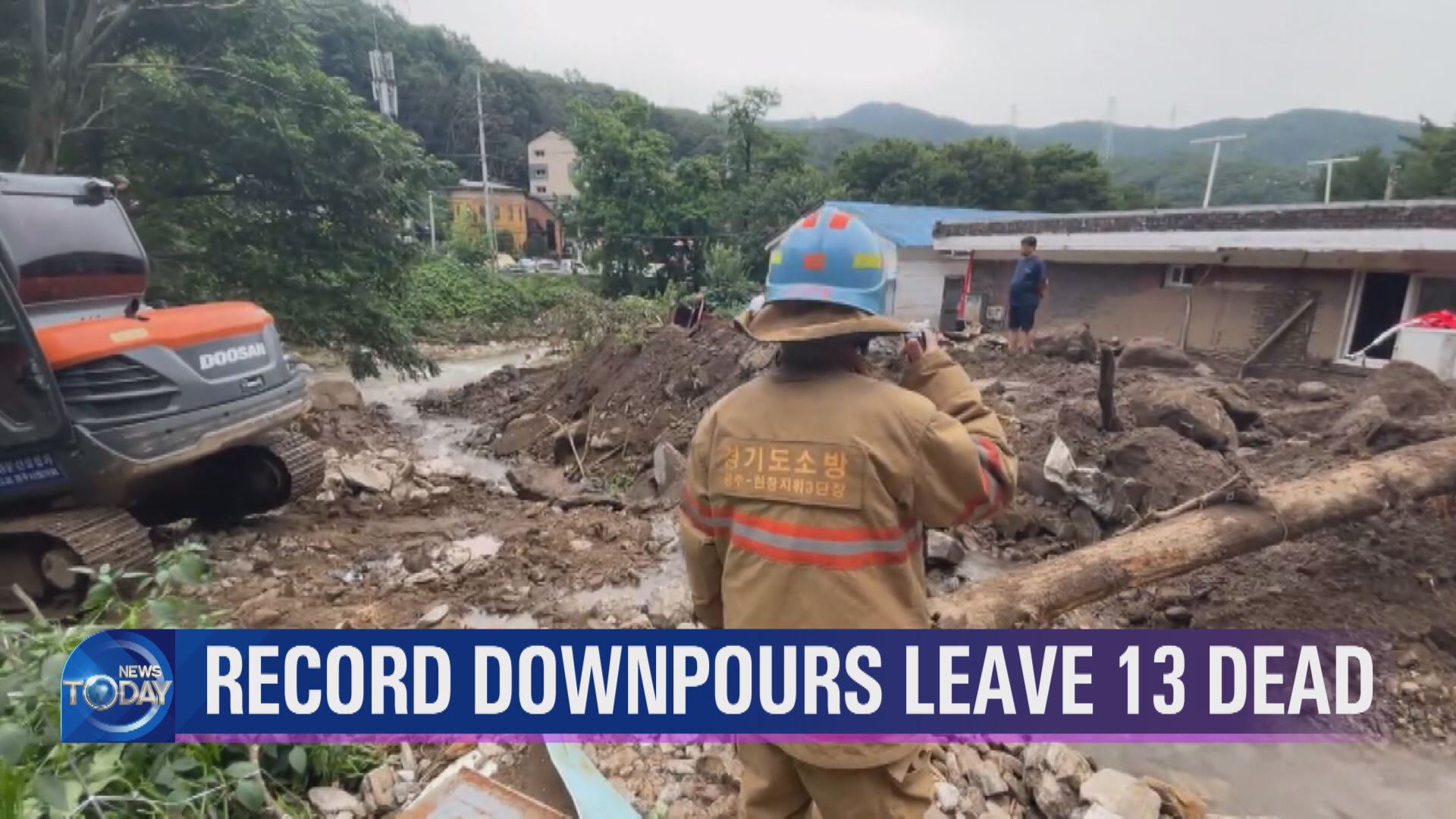
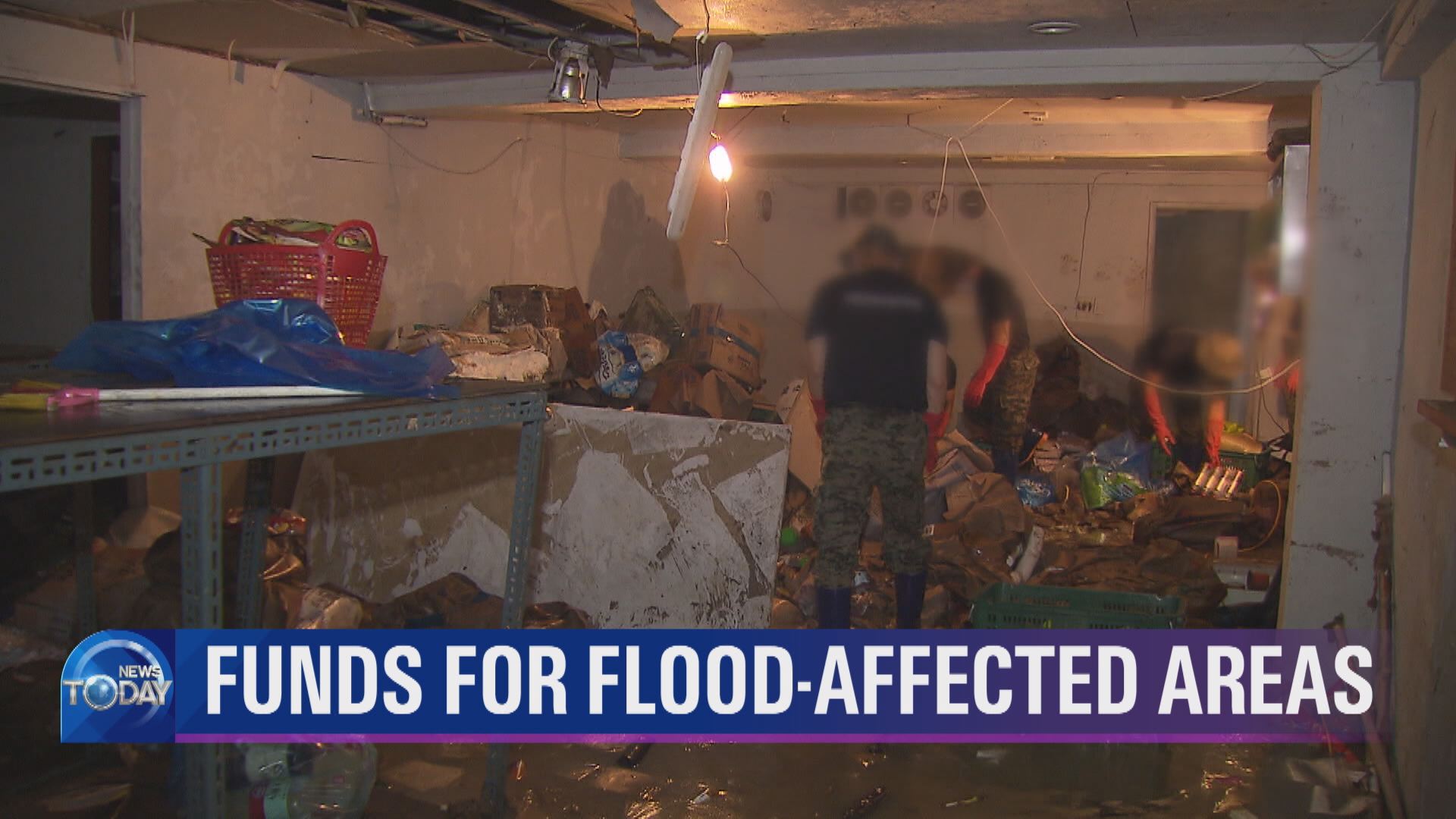
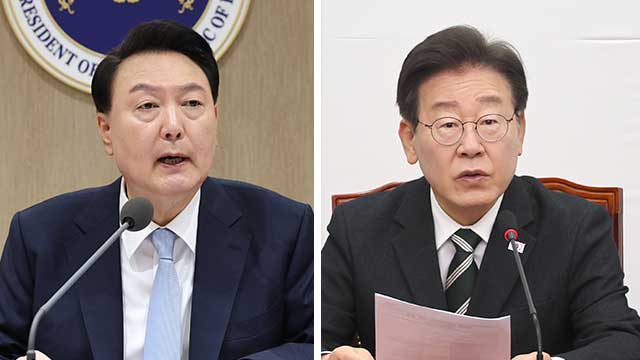

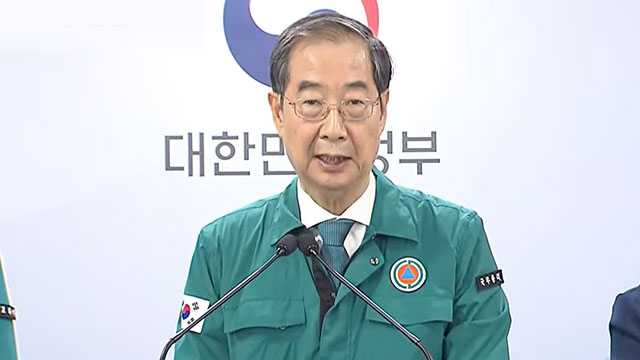


이 기사에 대한 의견을 남겨주세요.